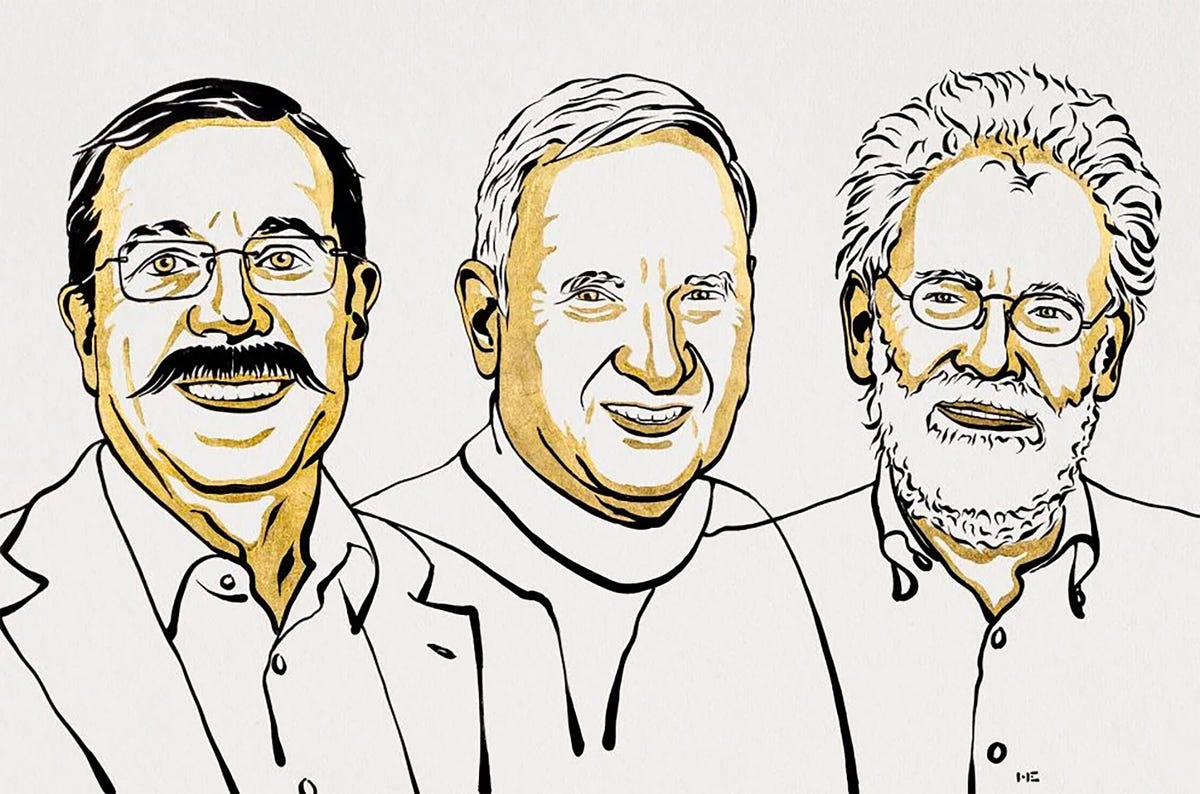Three scientists who helped lay the foundation for quantum computing received the 2022 Nobel Prize in physics on Tuesday.
Alain Aspect, John Clauser and Anton Zeilinger detailed the peculiar phenomenon called entanglement that links the behavior of two tiny particles and that is now used to perform quantum computations.
Entanglement links two states of two small particles such as photons, the tiniest possible pulses of light.
Albert Einstein, skeptical of the phenomenon but later proven wrong, famously called entanglement “spooky action at a distance” because it seems so peculiar that the properties of one particle could be connected to that of another even if the two were isolated so that no information about one could reach the other.
From the 1970s to the 1990s, Clauser, Aspect and Zeilinger led a series of increasingly sophisticated experiments that looked into entanglement. Einstein and colleagues had suggested that something beyond quantum mechanics called “hidden variables” would explain entanglement. The Nobel laureates’ experiments detailed a quantum physics idea that disproved hidden variables and eventually developed a process called teleportation that is crucial to quantum manipulations.
Such research helped pave the way for today’s quantum computing industry, in which increasingly large numbers of entangled entities called qubits can be used to process data. Although the technology remains nascent, tech giants and startups are making steady progress, investing billions of dollars to develop quantum computers that in coming years could perform calculations beyond the reach of conventional computers.


The 2022 Nobel Prize laureates are, from left Alain Aspect, John F. Clauser and Anton Zeilinger.
Niklas Elmehed/Nobel Prize OutreachThe Royal Swedish Academy of Sciences, which awards the Nobel Prize annually, likens the experiment to test hidden variables to a machine that throws two balls, one white and one black, to separate people, Alice and Bob. If Alice catches a white ball, she knows Bob caught a black one. But before the balls are seen, each ball is in effect in an unknown, gray state.
The hidden variables idea posits that before the balls were thrown, each in effect knew whether it would become black or white. Quantum mechanics posits that these two balls, in an entangled state, turned black or white randomly.
The Nobel laureates investigated an idea called Bell inequality that helps figure out which explanation is true. Quantum mechanics violates Bell inequality.
Zeilinger worked at the University of Vienna in Austria; Clauser at J.F. Clauser & Associates in Walnut Creek, California; and Aspect at the Université Paris-Saclay and the École Polytechnique in France.

